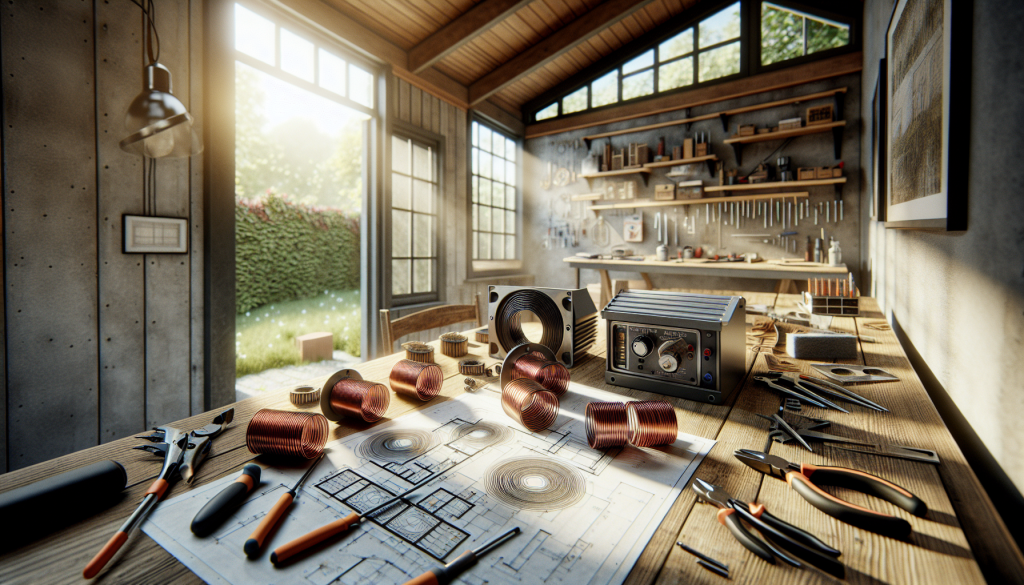
Beginner’s Guide to Building Your Own DIY Power Generator
In this article, we’re diving into the world of DIY power generators. By creating your own generator, you can lower your energy bills and gain some energy independence at home. Whether you’re powering your devices in a pinch or just want a fun project, a DIY generator can be a rewarding endeavor.
A DIY power generator is a homemade device that produces electricity. You can build one using materials like magnets, solar panels, or wind mechanisms. People increasingly explore these inventive solutions to either supplement or replace traditional power options. With the option to power up devices or small appliances, DIY generators can be a smart choice for sustainable living.
The global DIY home improvement market is booming, expected to surpass $100 billion by 2025. This trend shows that more folks are taking power into their own hands, both literally and figuratively, to cut costs and customize their living spaces.
Ryan Taylor, a geography teacher with a knack for innovation, created the ‘Easy Power Plant.’ It’s a magnetic-based generator design intended to produce electricity by spinning a rotor. However, be warned that some users have faced challenges due to unclear guides and missing diagrams essential for assembly.
So, how can you kickstart your DIY power generator journey? Begin by researching different methods like wind turbines, solar panels, and magnets. Choose the one that matches your skills and energy goals. A hand-cranked generator like the K-TOR Pocket Socket or the pedal-powered K-TOR Powerbox can be great starting points. The Pocket Socket is lightweight and charges devices via a USB connection, making it ideal for emergencies or camping.
Building a basic generator doesn’t have to be complex. Gather materials such as magnets, batteries, wires, and online instructional guides. There’s a wealth of resources and communities eager to share knowledge and experiences. For example, a pedal-powered generator can help charge a variety of devices while providing a bit of exercise.
The Easy Power Plant, however, needs patience. Ryan Taylor’s guides might be missing some diagrams, so don’t hesitate to reach out to online DIY communities for help. Many enthusiasts offer alternative strategies to make the build process more straightforward.
In conclusion, building a DIY power generator is an exciting way to achieve energy autonomy and can teach valuable problem-solving skills. While it might require more steps and resources than initially anticipated, it opens the door to sustainable energy choices. Thank you for reading, and be sure to subscribe for more DIY tips and projects!